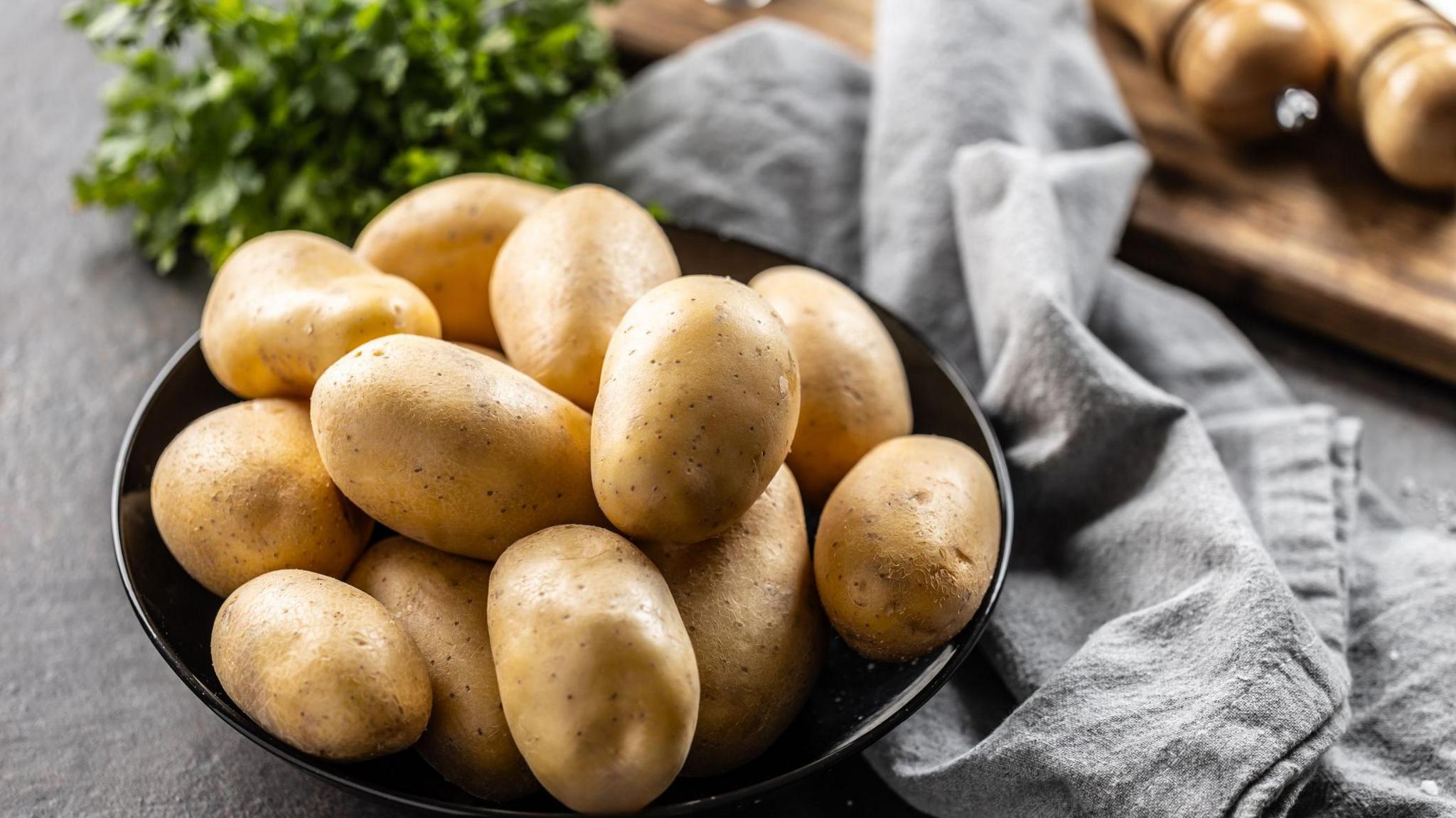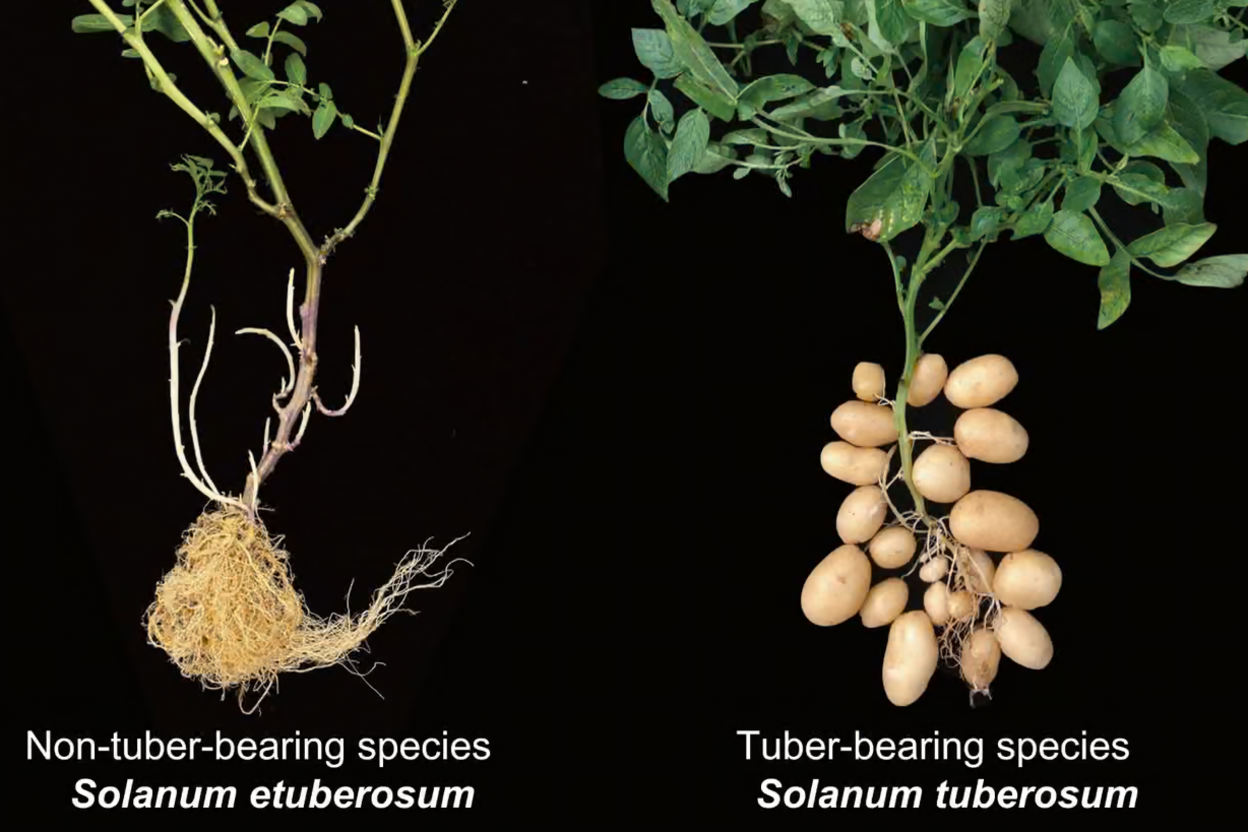Potatoes evolved from tomatoes nine million years ago

Do you like a jacket potato or are they better in chip or crisp form?
- Published
They can be made into crisps, chips, waffles, and all sorts of other tasty foods - but have you ever asked yourself where potatoes come from?
Our guess is probably not and we don't blame you, as we've also been far too busy enjoying them to think any deeper about it.
However, scientists now think that they could have actually evolved from an early type of tomato plant.
Maybe that helps explain why tomato sauce goes so well with chips.
- Published21 July
- Published9 May 2022
It was already known that tomatoes and potatoes were related in some way, with their similar genes making the two plants each other's closest living relatives.
But scientists didn't fully understand how the tubers - the edible parts of many root plants that grow beneath the soil - had come about.
After taking a closer look at the genes of both plants, the scientists analysed the genomes of wild and cultivated potatoes, tomatoes and their ancestors and found that each potato species contains a mix of genetics from tomatoes.
They now think that wild tomatoes, which grew in the Andean mountains in South America nine million years ago, crossed with a plant called Etuberosum.
A process called hybridisation took place where their genetic material became mixed to form an entirely new species of plant, which is what led to potatoes as we now know them.

Under the ground the Etuberosum look very different from the potatoes we grow today, with the tomato-like genes helping the potatoes to form
"Tomato is the mother and Etuberosum is the father," said Sanwen Huang, a professor at the Agricultural Genomics Institute in Shenzhen, China, who led the research team.
"But this wasn't obvious at first."
The research has been published in the scientific journal Cell.
The team is now hoping that by understanding the potato's evolution more, it can help them develop new ways to breed it in the future.
Understanding the make-up of its genes can also help them know how to protect it better from diseases.
